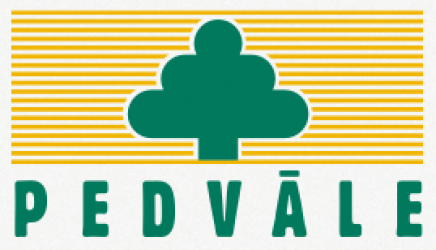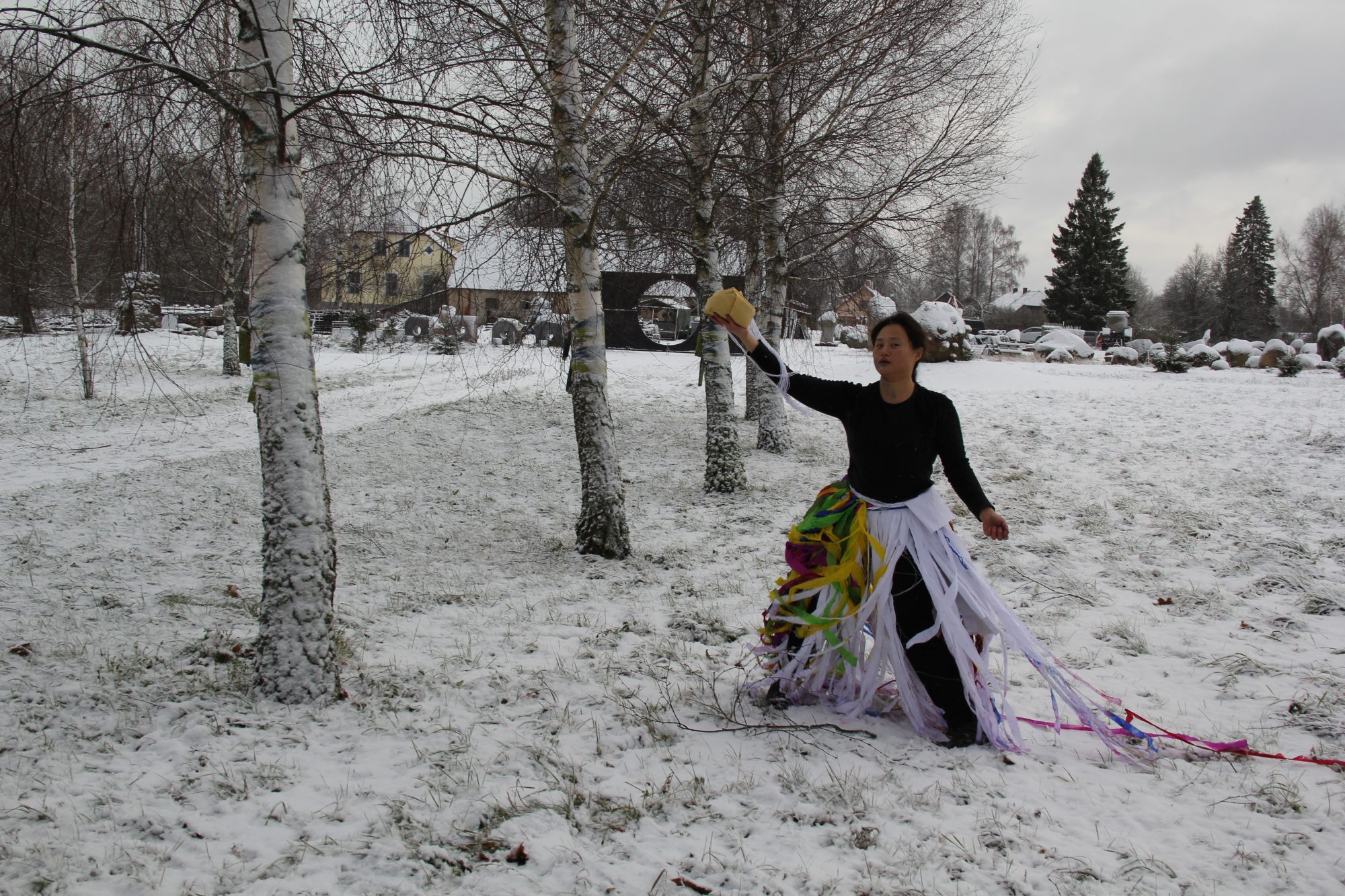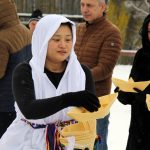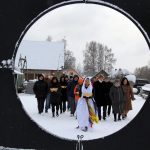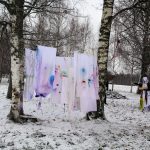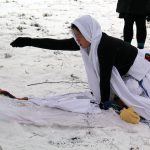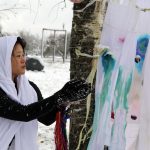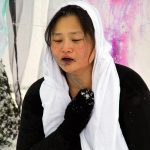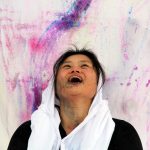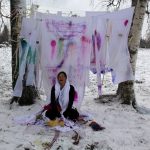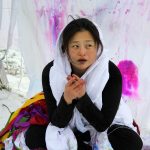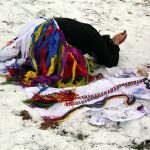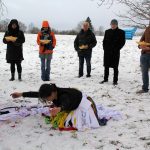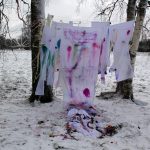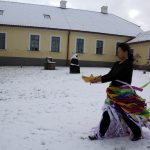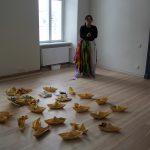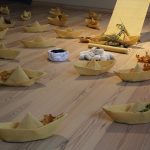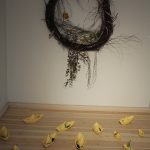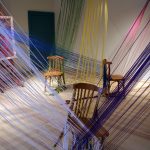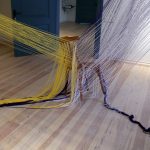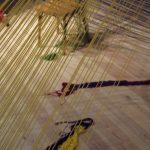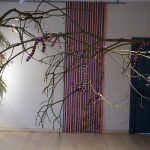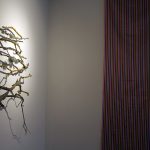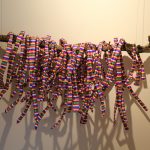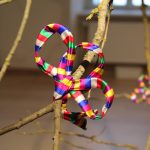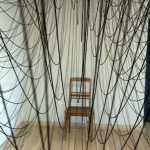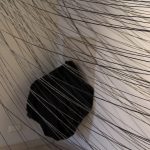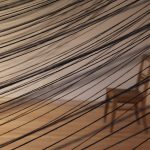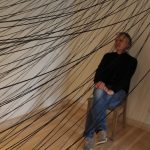From 26 November, the exhibition of Korean artist Oh-Kyung Jang “Don’t forget; condolence for the alive” can be viewed at the premises of Pedvāle International Artists’ Residency
From 6 October 6 to 27 November 27, Oh-Kyung Jang stayed and worked creatively at Pedvāle International Artists’ Residency. Oh-Kyung Jang is an interdisciplinary performance artist based in Busan, Korea. She works with her body, voice, text, and installations. She creates projects exploring the topics of performative time and space, embodiment of feelings and emotions, and boundaries between individuals and society. Her works capture subtlety in life that reveals one’s true identity, gesturing to ask questions to the witnesses. Walking on the edges of vulnerability, her creations voice the power of being personal and its political nature.
On 25 November, the guests of Pedvāle had the opportunity to participate in Oh-Kyung Jang’s performance “Don’t forget; condolence for the alive”, which started at Fircks-Pedvāle Manor, continued in Pedvāle Art Park and ended in the premises of the Residency, where the exhibition of Oh-Kyung Jang is set up. It is placed in four rooms of the Residency to capture the Mobius strip-like nature of life and death. Having borrowed the Korean traditional interpretation of “yin-yang and five elements” symbolisms, each room is dedicated to the theme of life and death.
The first room, where the performance ended, was named “Circle, floating, farewell”. At its center is the personal encounter with death, capturing the feelings of funeral and ritual traditions.
In the second room, based on the symbolism of colours, bright threads indicate the vitality of life. This is the “Colour Room”.
Five colours – red, blue, yellow, white and black – can be mixed to make secondary colours of green, light blue, pink/red-violet, dark yellow, and purple. Traditional Korean fabric Saekdong fabrics consist of these variations as they are used to make clothes for children to wish for their health and happiness.
In addition, red-violet is valued according to the concept of Taeil. It is derived from Tao philosophy, changing its meaning from the name of Supreme God to the name of the stars. It means the ultimate basis of the existence of all things in the universe, as “Tae” means big, and “il” means one-ness. Red-violet as the colour between red and black, symbolizes the colour of the palace where the god/deity resides. Thus, it is considered to be a colour of nobility.
The third is the “Saekdong Room”. In its center there are tree branches, where visitors can tie saekdong cloth ribbons, expressing a wish simultaneously. Saekdong is a traditional Korean fabric used in festivals and celebrations. Its name consists of two letters, “saek” meaning colour and “dong” referring to a piece of cloth. Saekdong colours correspond to the Korean traditional colour system of “오방사Obang colours” and the “태일사상 concept of Taeil” which is derived from ancient China.
The fourth is the “Black Room”. Black and white is like a metaphor of death, a dedication to the memory of the victims of wars and disasters. The performance and the exhibition as a whole embody the artist’s interpretation of Korean traditional rituals to turn our gaze into participation. The combination of visual orientation and performance aims to create a space to collectively revisit our memories of death while expanding them to the universality of current events in our era.
The exhibition “Don’t forget; condolence for the alive” by Oh-kyung Jang can be viewed until 22 December 2023.
This project was supported by the Busan Metropolitan City and Busan Cultural Foundation “Youth Culture Development Support Project” in 2023.
